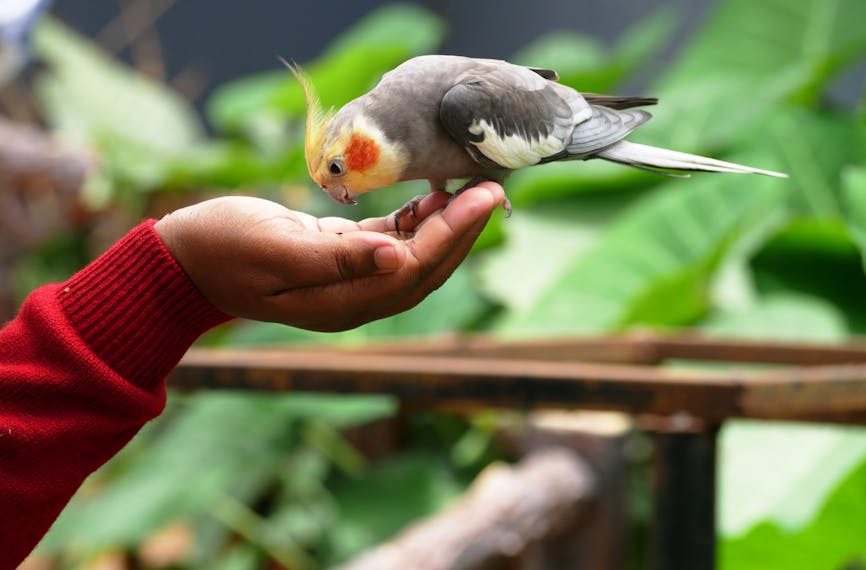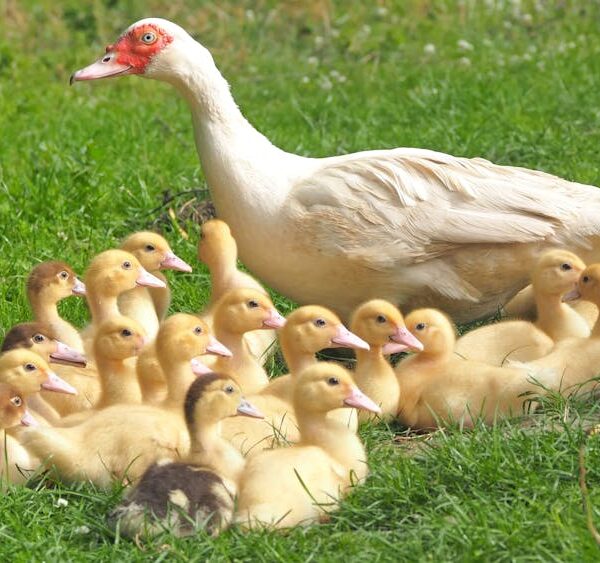Birds, like many other creatures, have a sleep-wake cycle known as the circadian rhythm, that greatly influences their physiology and behavior. Being diurnal in nature, birds are most active during the day and need a considerable amount of darkness at night to achieve a state of deep sleep. Darkness acts as a signal for various physiological processes, facilitating their biological clock and allowing them to recuperate from the day’s activities.
Understanding Birds’ Sleep Patterns
Unlike human sleep patterns, which generally comprise of one long sleep session, bird sleep can be segmented with active and quiet periods throughout the night. During dawn and dusk, birds display higher activity levels as opposed to midday or midnight. A key point to recognize here is the darkness- it’s critical in regulating a bird’s natural rhythm. For example:
- While mammals produce melatonin, a popular sleep hormone, during darkness, birds are capable of producing it both in light and dark conditions. Still, its production is significantly amplified when darkness ensues.
- Darkness provides a bird with the sensory deprivation necessary for uninterrupted rest. It minimizes distractions and aids in establishing a consistent sleep pattern.
Pro Tip: Creating an ambient sleep environment for your feathered friend isn’t just about making the room dark. It’s also about ensuring the room is quiet, maintaining an optimal temperature, and providing a sense of security for your bird.
The Significance of Covering Birds at Night
Covering birds at night is more than an old wives’ tale. It’s a dependable practice known to offer an undisturbed and restful sleep environment for your companion bird. Here’s a simple checklist to effectively cover your bird’s cage:
- Ensure the cover is dark enough to prevent any light from disturbing the bird’s sleep.
- Use a breathable material for the cover to ensure proper ventilation.
- Be cautious of the temperature under the cover. Avoid overheating.
So, how does covering a bird’s cage measure up against leaving it open? Let us compare:
| Covered Cage | Uncovered Cage |
|---|---|
| Prevents light disturbances, aiding deep sleep. | Exposure to artificial light can disturb sleep. |
| Provides a sense of security. | Risk of exposure to predatorial instincts of nocturnal pets. |
| Controls exposure to drafts. | Higher risk of exposure to drafts. |
| May limit the necessary air circulation if not done correctly. | Adequate air circulation. |
Benefits of Covering Birds at Night
Just like in humans, sleep in birds is a time for rejuvenation. Covering birds at night can lead to several benefits:
- A reduction in stress levels, as the bird feels safer in a protected and dark space.
- Improvement in sleep quality, which directly impacts the bird’s overall health and well-being.
- Protection from sudden temperature changes, drafts, or other external disturbances.
- A decrease in visual stimuli, leading to less agitation and restlessness.
Best Practice: Maintain the room temperature between 65-75 degrees Fahrenheit. Needless to say, the cage should be placed away from direct sunlight or air conditioning vents. Adjust the room lighting based on the natural sunrise and sunset timing to replicate a bird’s natural environment.
Potential Risks of Not Covering Birds at Night
While some bird owners may choose not to cover their birds at night, it’s important to understand the potential risks that may accompany this decision:
- Disruptions in the bird’s sleep cycle can lead to stress and health issues such as immune suppression or behavioral problems.
- Birds left exposed may constantly be in a state of alertness, leading to lack of deep sleep and rest.
- Predatorial pets or pests, even their mere movement, can upset and frighten birds during the night.
To monitor your bird’s sleep:
- Keep an eye out for signs of sleep deprivation in birds, such as lethargy, irritability, or puffy feathers.
- Notice any changes in their behavior or eating habits.
- If you notice any of these red flags often, a visit to the vet might be necessary.
Best Practice: Observing your bird’s behavior can give you valuable insights. If your bird seems restless or scared at night, try covering the cage and see if there’s any improvement.
Addressing Common Misconceptions About Covering Birds at Night
Every coin has two sides, so does the concept of covering birds at night. It’s not unusual to come across misconceptions, like – covering makes birds claustrophobic or that all birds need to be covered at night. Let’s debunk these myths:
- Contrary to the belief that birds become claustrophobic when covered, many birds actually find the darkness comforting and more closely resembling their natural sleeping conditions.
- Not every bird responds in the same way to being covered. Factors such as age, species, and individual personality play a role here. What works for one bird may not work for another.
Understand your bird:
- Each bird species have different nighttime behaviors and sleep requirements, research and be informed about your bird’s needs.
- A healthy bird environment is about creating a comfortable, personal space where they can sleep naturally and peacefully.
Pro Tip: Pay close attention to your bird’s behavior after implementing changes, and adjust your routine if necessary. Some birds might need a period of adjustment when you first start covering their cage — but remember, your pet’s comfort should always be a top priority. Tailor their environment to cater to their individual needs, and you’ll both have a more peaceful night’s sleep.
Key Takeaway:
- Birds, unlike humans, need an adequate amount of darkness for uninterrupted sleep due to their circadian rhythm.
- Covering birds at night provides a comfortable and quiet sleep environment and protects them from potential disturbances.
- The practice of covering birds at night can lead to several benefits including stress reduction, improved sleep quality, and protection from drafts.
- Not covering birds at night might put them at risk of stress and sleep disruption due to light exposure and vulnerability to predators.
- It is a misconception that birds might feel claustrophobic when covered. Each bird species and individual bird may respond differently to being covered.
Adopting good practices while covering your bird at night can greatly improve their sleep, which in turn has a positive effect on their overall health and well-being. Monitor your pet bird closely, be attentive to their particular needs and behavior patterns, and be prepared to adapt routines as needed.
FAQs
Q: What materials are safe to use for covering a bird’s cage at night?
A: It is crucial to use a breathable material when covering a bird’s cage, such as cotton or linen, to ensure adequate ventilation. The covering should also be thick enough to block out light but not too heavy to cause overheating.
Q: Is covering a bird’s cage at night mandatory for all bird species?
A: It is not a one-size-fits-all issue. Different bird species have different sleep requirements and respond differently to being covered at night. As a bird owner, it’s important to research and understand your specific bird’s needs.
Q: Can artificial light affect a bird’s sleep pattern?
A: Yes, artificial light can indeed disrupt a bird’s sleep pattern. Birds need darkness to get a deep, uninterrupted sleep. If their cage is exposed to artificial light during sleep hours, it can throw off their circadian rhythm.
Q: What are the signs of sleep deprivation in birds?
A: Signs of sleep deprivation in birds can include lethargy, irritability, puffy feathers and changes in their behavior or eating habits. If you notice these symptoms in your bird, it’s advised to consult with a vet.
Q: Will the bird feel suffocated when the cage is covered?
A: This is a common misconception. In fact, many birds find the darkness comforting and similar to their natural sleeping conditions. However, it’s essential to use breathable materials for the cover to ensure proper ventilation.
Don’t hesitate to share this article with other bird owners, and explore more posts on our website to understand your feathered friend better.












